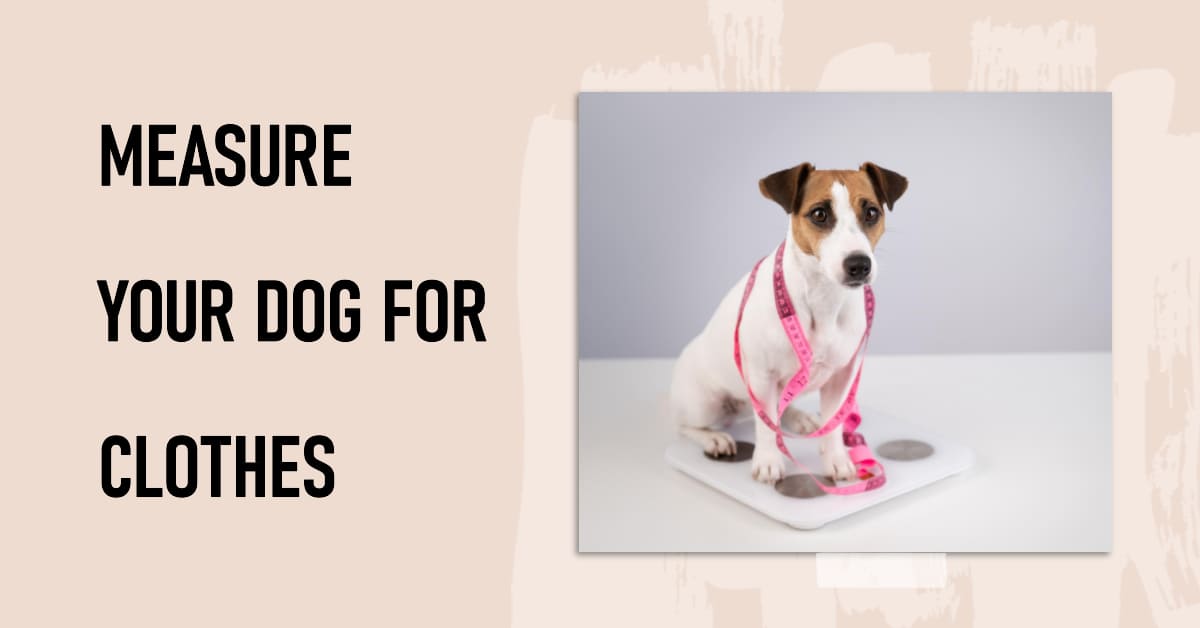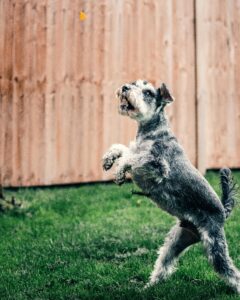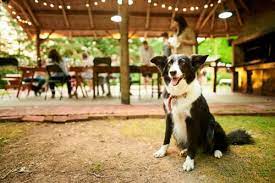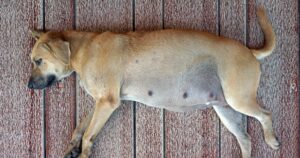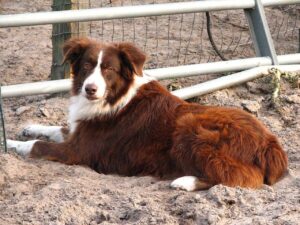Dressing up our beloved dogs in adorable outfits is a delightful way to express their unique personalities and showcase their style. However, finding the perfect fit for your furry friend can be quite a challenge.
That’s where accurate measurements come into play. In this comprehensive guide, we will walk you through the step-by-step process of measuring your dog for clothes, ensuring a comfortable and fashionable wardrobe.
From neck girth to leg length, we’ll cover it all, so you can dress your dog with confidence and make them the talk of the town.
Get ready to embark on a stylish journey together as we unlock the secrets of measuring your dog for clothes.
Table of Contents
ToggleWhy Measure Your Dog for Clothes?
Before we dive into the measuring process, let’s understand why it’s important to measure your dog for clothes. Properly fitting garments ensure comfort and prevent any restrictions on your furry friend’s movement. By taking accurate measurements, you can find the right size and style that will make your dog look fashionable and feel great.
What You’ll Need for Measuring
To ensure accurate measurements, gather the following items:
A soft measuring tape: This tool will help you measure your dog’s dimensions accurately. If you don’t have one, you can use a string and measure it against a ruler later.
A notebook and pen: Keep track of the measurements to refer back to when shopping.
Plenty of patience and some tasty treats: Measuring your dog may require patience and positive reinforcement, so keep treats handy to reward their cooperation.
Step-by-Step Dog Apparel Measuring Guide
Now, let’s go through the step-by-step process of measuring your dog for clothes:
1. Measure the Neck Girth
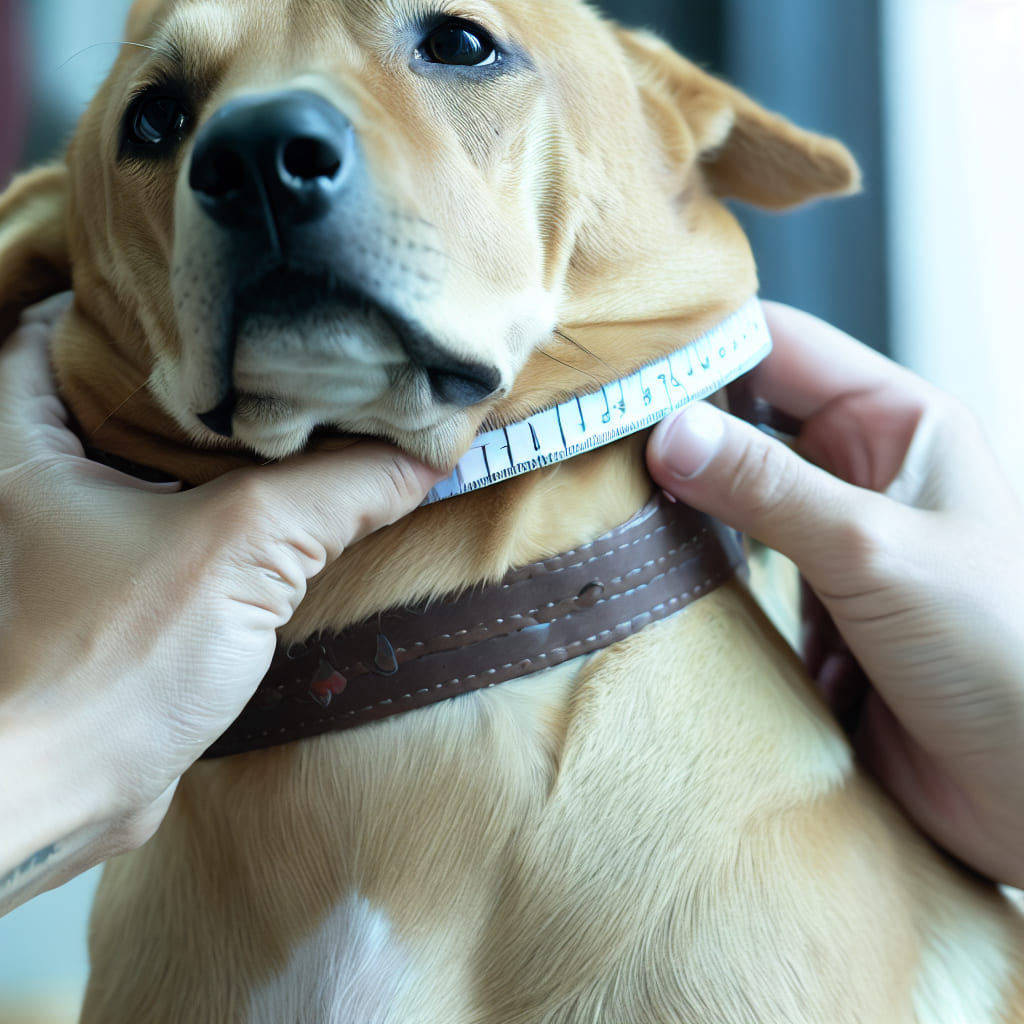
Start by measuring the neck girth of your dog. Place the measuring tape or string around the base of their neck, where it meets the shoulders. Ensure it’s snug but not too tight. Note down the neck girth measurement.
2. Determine the Chest Girth
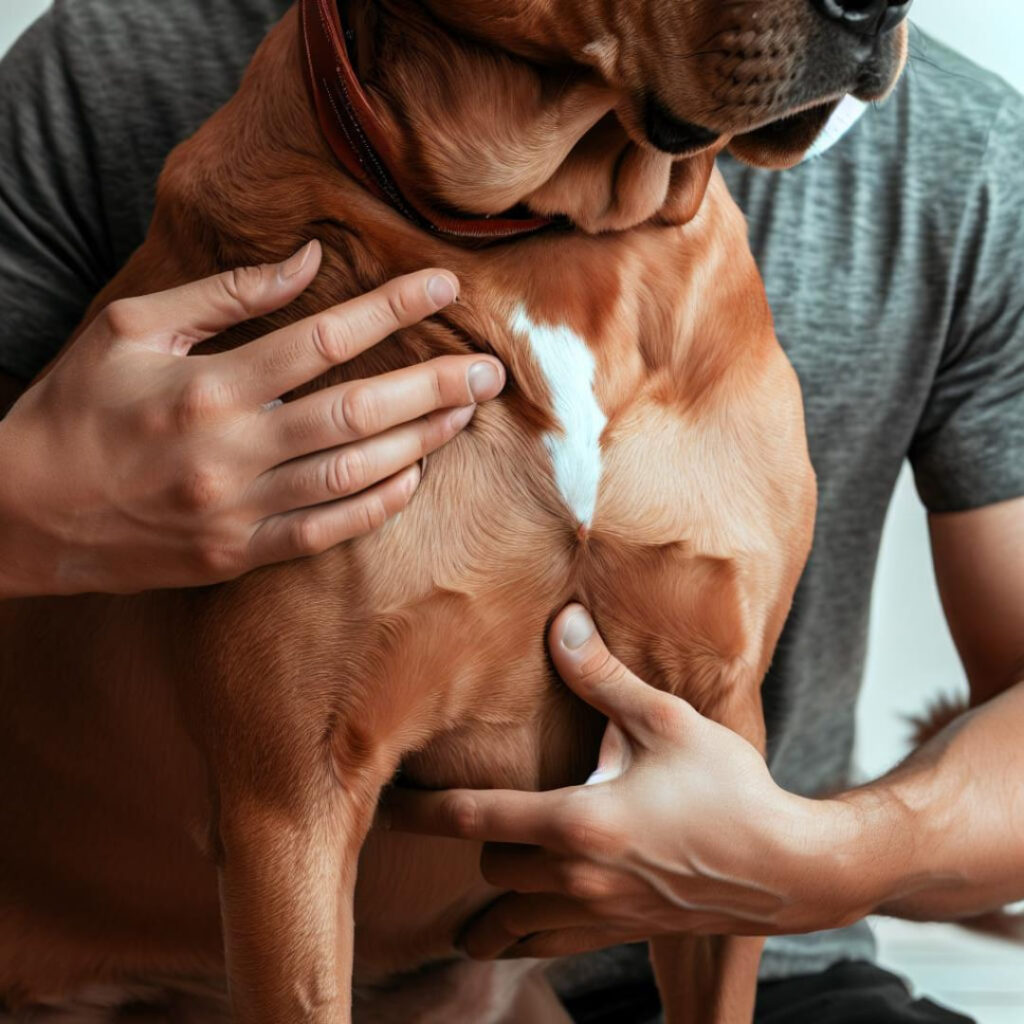
Next, measure the chest girth of your dog. Wrap the tape or string around the widest part of their chest, just behind the front legs. Make sure it’s snug but not constricting. Write down the chest girth measurement.
3. Measure the Back Length
To measure the back length, start from the base of your dog’s neck and run the tape or string along their spine to the base of the tail. Keep it comfortably snug without pulling too tight. Jot down the back length measurement.
4. Find the Leg Length
If you’re considering clothes that cover your dog’s legs, measure the leg length. Begin at the base of the neck and run the tape or string along the front leg to the desired length, such as above the elbow, below the elbow, or all the way to the ankle. Note down the leg length measurement.
5. Measure the Waist Girth
For clothing items like dresses or pants, it’s crucial to measure the waist girth. Wrap the tape or string around your dog’s waist, just in front of the hind legs. Ensure a snug fit without being too tight. Record the waist girth measurement.
6. Measure the Head Girth (if necessary)
Certain clothing items, such as hats or headbands, may require the head girth measurement. Gently wrap the tape or string around the widest part of your dog’s head, above the eyes and ears. Be careful not to make it too tight. Write down the head girth measurement.
Using the Measurements to Find the Right Size
Now that you have all the measurements, it’s time to find the perfect size for your dog’s clothes. Different brands and designers may have their own size charts. Compare your dog’s measurements to the size chart and choose the size that closely matches each measurement.
Remember, it’s better to go slightly larger than smaller to ensure your dog’s comfort and freedom of movement in their stylish outfits.
Final Tips for Dressing Your Dog
To wrap up, here are some additional tips for dressing your dog in style:
Comfort is key: Choose clothes made from soft, breathable fabrics that allow your dog to move freely.
Start with simple outfits: Introduce your dog to wearing clothes gradually, starting with lightweight and comfortable garments.
Consider the weather: Dress your dog appropriately for the weather conditions. Opt for warm and cozy outfits in colder months and lightweight materials in warmer weather.
Check for comfort: Regularly check your dog for any signs of discomfort while wearing clothes. If they seem uneasy or restricted, reassess the fit or try different styles.
By following these guidelines, you’ll be able to measure your dog accurately and find the perfect clothes that make them look adorable and feel fantastic. Get ready to show off your stylish pup to the world!
How to Measure a Dog for Clothes: Faqs
Can I use a regular measuring tape for measuring my dog?
Yes, a soft measuring tape is ideal for measuring your dog’s body. It allows for flexibility and accurate measurements. However, if you don’t have a soft measuring tape, you can use a string and later measure it against a ruler.
How often should I measure my dog’s clothes?
It’s a good practice to measure your dog’s dimensions periodically, especially if they are still growing or their body shape is changing. Regular measurements will help you choose the right size as your dog’s measurements evolve.
Can I estimate the measurements if my dog is uncooperative or doesn’t like being measured?
While it’s best to have your dog stay still and cooperative during the measuring process, you can make an estimate if they are particularly uncooperative. Keep in mind that estimations may result in less accurate measurements, so it’s always recommended to try and make the process enjoyable for your dog using treats, patience, and positive reinforcement.
Are there specific measurements I need for different types of clothes?
The measurements required for different types of clothes may vary. For example, if you’re looking for a sweater, you’ll need measurements for neck girth, chest girth, and back length. Dresses or pants may also require waist girth measurements. It’s important to check the sizing requirements of each specific clothing item and compare them to your dog’s measurements to ensure a proper fit.

